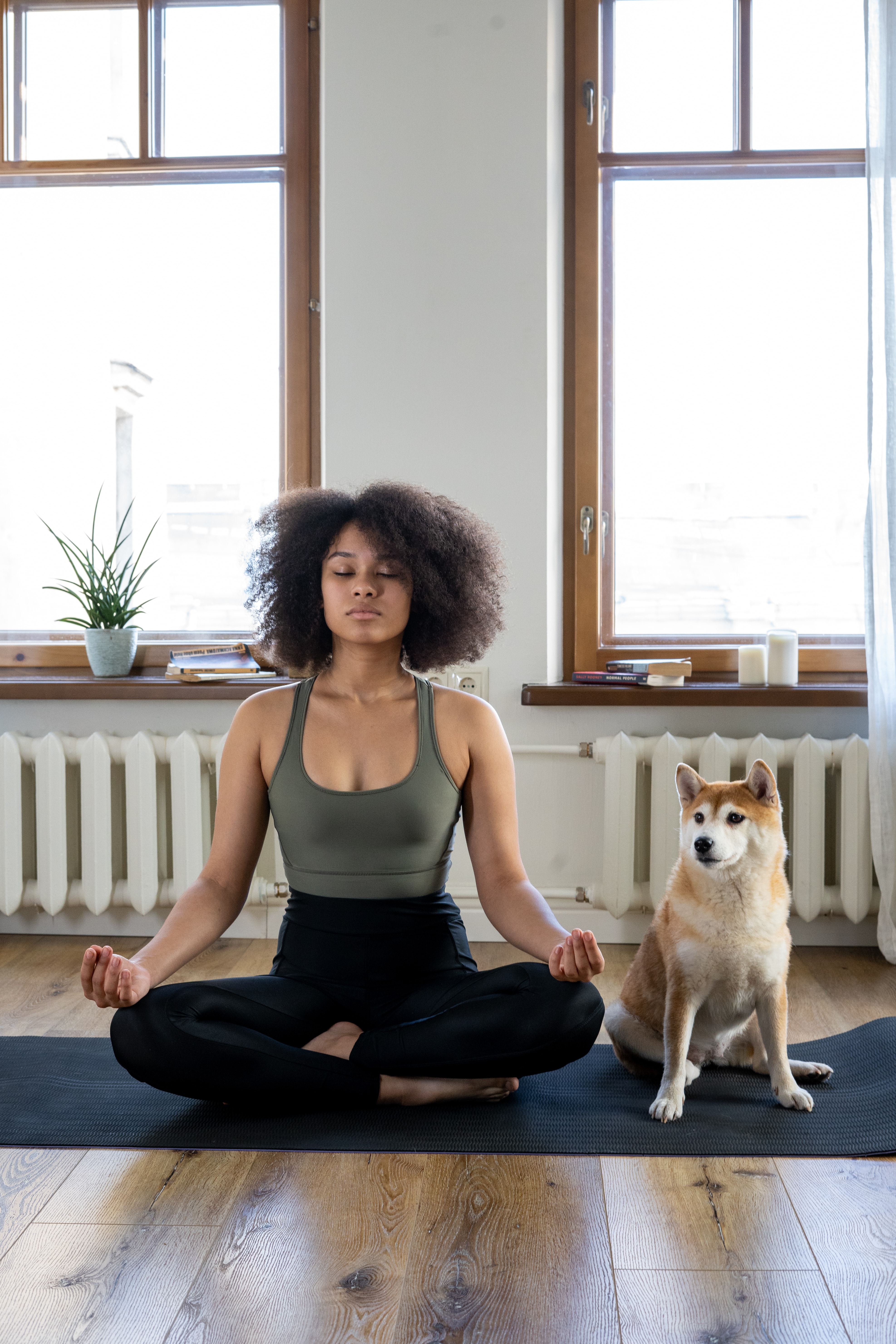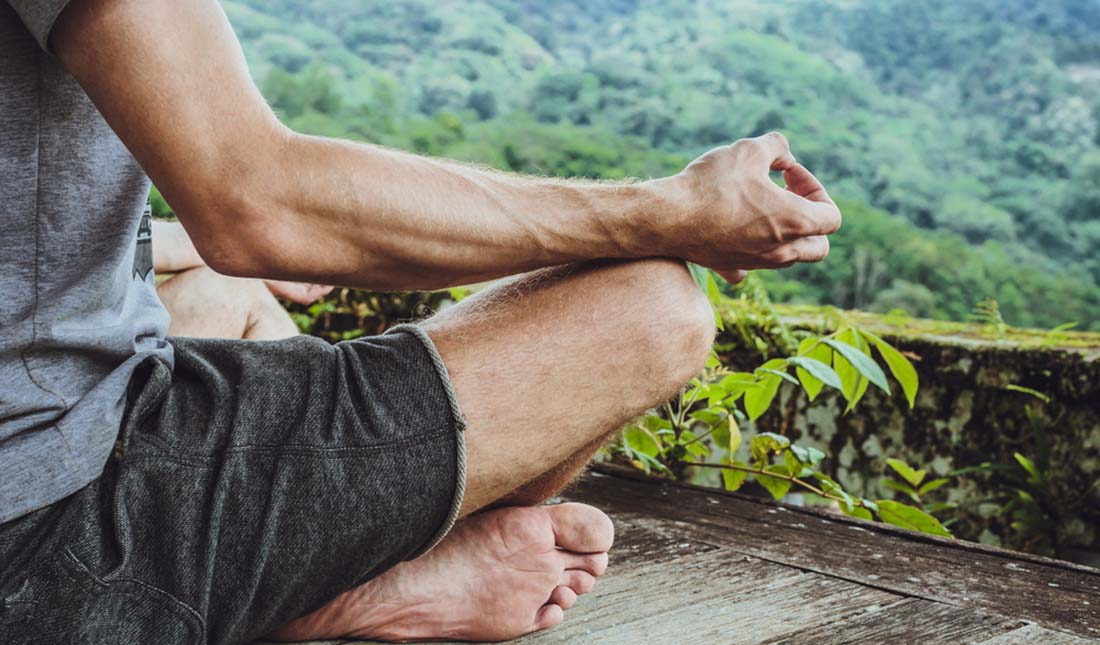Begin Your Journey: Straightforward Steps on Just How to Meditate for Newbies
Reflection, usually regarded as an elusive method scheduled for the knowledgeable, can in fact work as a foundational device for anybody looking for clearness and calm in their day-to-day live. By comprehending its basic principles and establishing a helpful environment, novices can unlock the prospective benefits of this method. As you start to check out the necessary actions-- such as understanding and discovering an ideal room breathing strategies-- you may uncover obstacles that can improve your experience. The trip of reflection holds even more depth than one might expect, inviting more exploration into its transformative aspects.
Understanding Meditation Fundamentals
Meditation acts as an effective tool for boosting psychological clarity and emotional health. At its core, reflection is a technique of concentrated focus and recognition, allowing individuals to grow a much deeper understanding of their ideas and feelings. By participating in this technique, experts can attain a state of leisure and mindfulness, which can significantly decrease stress and anxiety and anxiousness degrees.
Comprehending the fundamentals of meditation entails familiarizing oneself with different methods, such as mindfulness, loving-kindness, and copyright. How to meditate?. Each approach has its distinct technique, yet all share a common goal: to promote a sense of inner tranquility and self-awareness. Novices should begin with straightforward methods, such as concentrating on the breath or observing ideas without judgment
Developing a regular meditation regimen, also if just for a few minutes each day, can generate substantial benefits over time. Inevitably, meditation is not just a retreat from truth; it is a profound journey toward better self-discovery and general psychological wellness.
Searching For Your Suitable Space
Producing a helpful environment for reflection is crucial for maximizing its advantages. Your selected room should advertise peace, enabling you to focus internal without disturbances. Begin by picking an area that really feels comfortable and secure, whether it be a quiet edge of your home, a yard, or a local park.
Soft illumination can improve leisure, while all-natural light can revitalize your spirit. Ensure the room is cost-free from clutter, as a tidy environment promotes a clear mind.
Sound plays a significant function in your meditation area. Go for a silent location to reduce disturbances, or use soft background songs or nature appears if you discover silence upsetting (How to meditate?). The temperature level must likewise fit; neither also cold neither too warm, to stop distraction throughout your practice
Lastly, individualizing your room with purposeful objects-- such as crystals, pictures, or purposeful quotes-- can create a deeper connection to your method. By thoughtfully curating your atmosphere, you established the stage for a much more reliable and extensive meditation experience.
Selecting a Comfy Position
Locating the ideal position for meditation is crucial to keeping focus and convenience throughout your method. The optimal pose enables both physical stability and psychological awareness, making it less complicated to concentrate on your meditation objectives.
If this position is awkward, consider making use of a cushion to boost your hips, which can alleviate stress on your knees and back. A chair can give the needed assistance, enabling your feet to rest level on the ground, ensuring security and comfort.
You may also select to lie down if sitting is not ideal for you, but be mindful, as this can lead to sleepiness. Inevitably, the ideal position click to read more is one that really feels natural to you and allows you to preserve emphasis, promoting a much deeper connection with your meditation practice.
Breathing Techniques to Beginning
Beginning your meditation experiment effective breathing techniques can considerably boost your experience. Breath serves as the go structure of meditation, giving a prime focus that helps secure your mind and grow mindfulness.
To start, exercise diaphragmatic breathing, which engages the diaphragm and advertises deeper breathing. Sit pleasantly, with your back right, and location one hand on your upper body and the other on your abdomen. Breathe in deeply with your nose for a count of 4, ensuring that your abdominal area climbs while your upper body remains reasonably still. Hold your breath for a count of 4, then breathe out gradually via your mouth for a count of six, allowing your abdomen to drop.
An additional useful strategy is the 4-7-8 method. Breathe in through your nose for a count of four, hold your breath for seven matters, and exhale gradually with your mouth for eight matters. This pattern not only relaxes the mind however likewise reduces anxiety, making it much easier to settle right into your meditation technique.
Explore these methods to find what resonates ideal with you, and bear in mind to read this post here maintain an unwinded stance and an open mind as you start your trip into meditation.
Tips for Consistency and Development

Developing an inviting meditation space is likewise crucial. Furthermore, think about making use of directed reflections or meditation applications, which can give framework and variety to your sessions.
Begin with brief periods, progressively boosting the moment as you become much more comfy. This incremental approach not only makes meditation much less difficult yet likewise permits your practice to grow organically. Tracking your progression in a journal can also be helpful; noting your experiences and feelings after each session can enhance self-awareness and motivation.
Finally, bear in mind that meditation is a personal trip. Be person with yourself and welcome the knowing procedure, recognizing that uniformity and development are developed with time.
Conclusion
Finally, meditation functions as a useful practice for advertising psychological quality and emotional well-being. By comprehending the essential ideas of reflection, choosing a suitable room, embracing a comfortable posture, and using efficient breathing strategies, people can start a meeting reflection trip. Uniformity and progressive progression in practice will enhance the overall experience, fostering a much deeper link to mindfulness. Eventually, these foundational steps can lead to substantial personal development and internal peace.
Understanding the essentials of meditation includes familiarizing oneself with various strategies, such as mindfulness, loving-kindness, and copyright. Inevitably, the finest position is one that really feels natural to you and permits you to preserve focus, facilitating a much deeper connection with your reflection method.
Establishing a normal meditation technique can substantially boost your mindfulness trip and personal development. Additionally, take into consideration using led reflections or meditation applications, which can provide structure and selection to your sessions.
